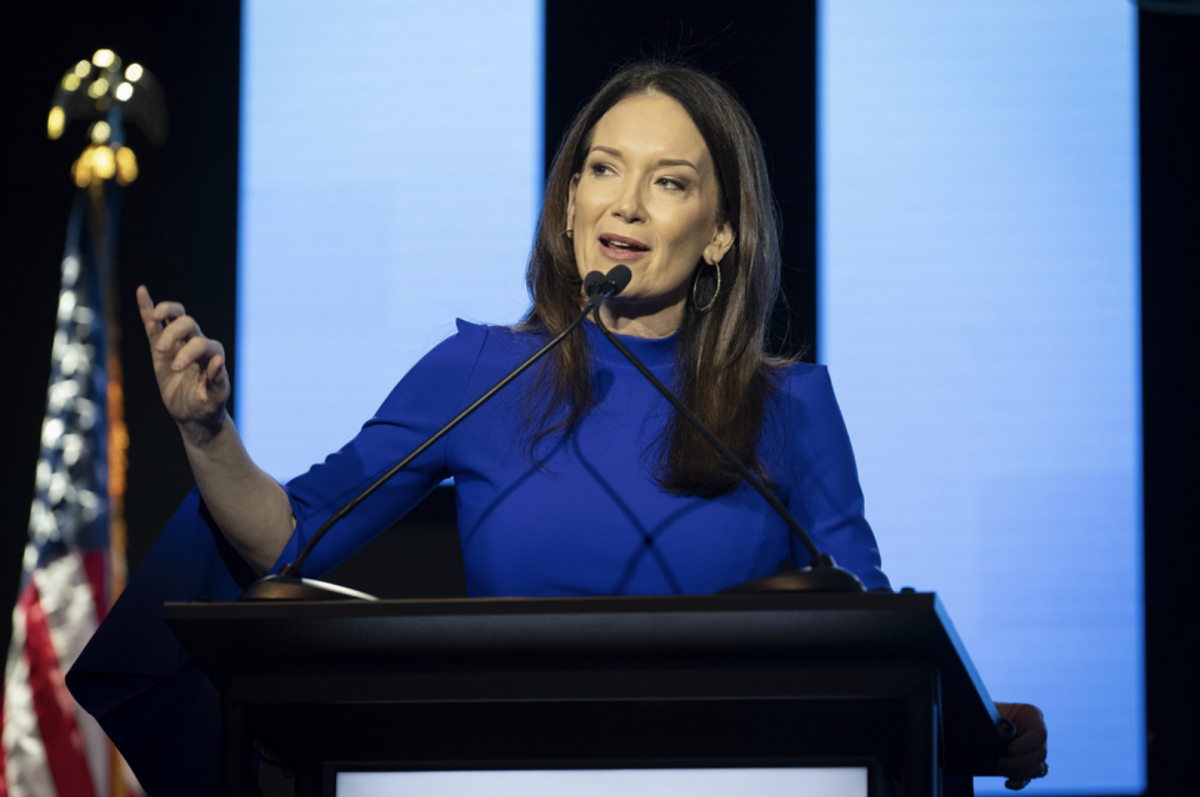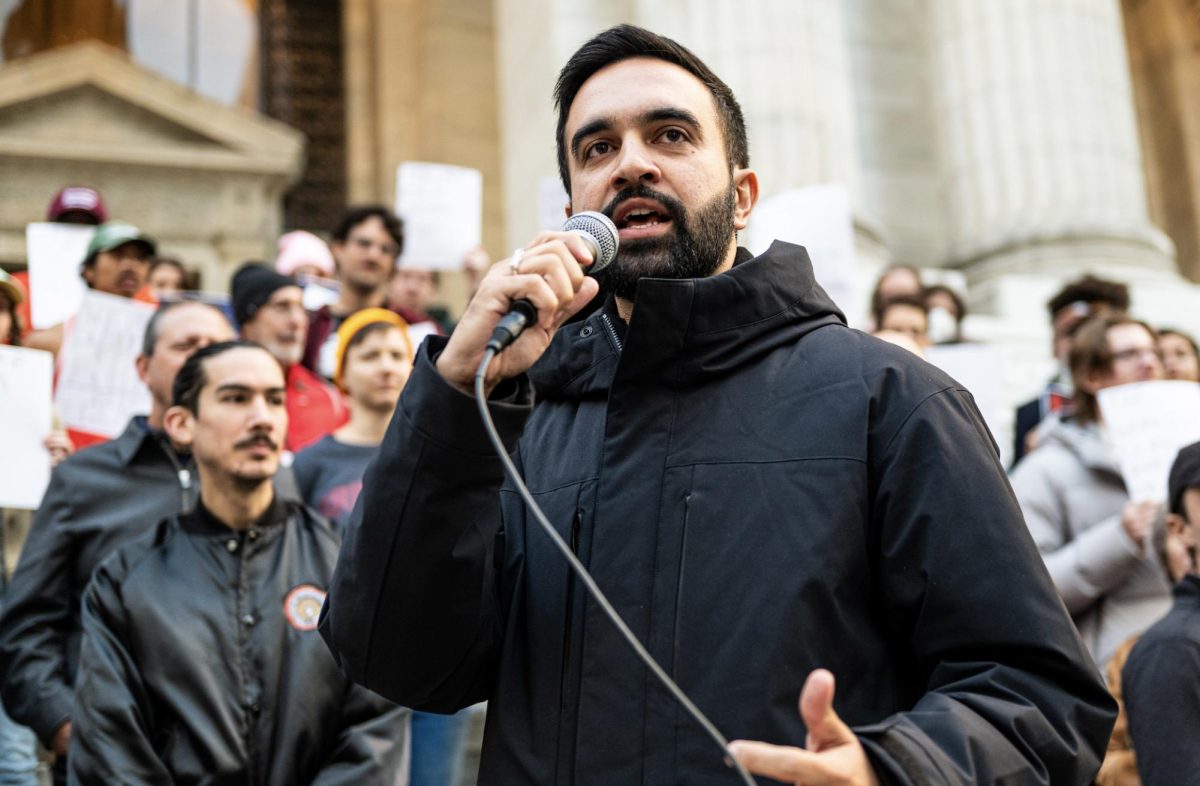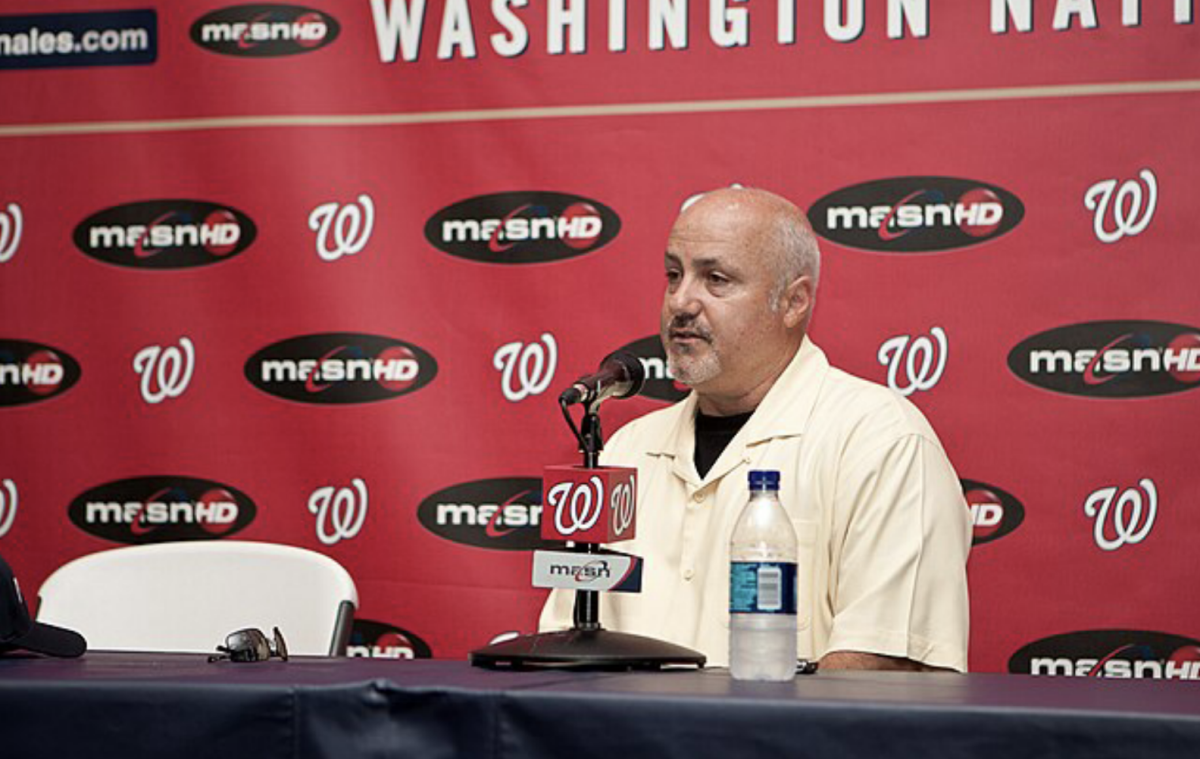Elon Musk Lays Off Thousands of Employees After Buying Twitter
On Oct. 27, Elon Musk, CEO of electric car manufacturer Tesla and private space-exploration company SpaceX, closed with Twitter to buy the platform for $44 billion. Following a six-month battle, during which Musk attempted to back out of the deal before being sued by Twitter, Musk finalized the buyout, according to an Oct. 27 post from his Twitter account.
Within hours, Musk fired several top executives including CEO Parag Agrawal, CFO Ned Segal, Head of Legal Policy, Trust, and Safety Vijaya Gadde and General Counsel Sean Edgett.
Agrawal already had a tumultuous relationship with Musk after Musk publicly berated his competency a few years ago. After a heated group call, Twitter founder and ex-CEO Jack Dorsey messaged Musk, “[a]t least it became clear that you can’t work together,” according to court documents. Once Musk took control of the company, he promptly relieved Agrawal of his position.
Musk also had a strenuous relationship with Gadde, the lawyer who spearheaded many of Twitter’s recent content moderation efforts. Gadde was also a part of the team that banned former President Donald Trump’s account. Musk criticized this decision heavily, calling it a “morally bad decision” and “foolish in the extreme,” according to the Associated Press.
Months before his deal with Twitter closed, Musk declared he would reduce Twitter’s content moderation policies.
While Musk believes reforming Twitter’s content moderation policies is a top priority, current and potential users of Twitter may not feel the same. In a poll of 39 Upper School students, only 28.9% of respondents felt that censorship on social media was a major issue, while 50% felt that censorship was a manageable problem.
Nevertheless, Musk has persisted in pushing back censorship on the platform.
According to a Tweet from Yoel Roth, the platform’s former head of content moderation, Musk has laid off 15% of Twitter’s Trust and Safety team. Musk’s crusade seems to have spooked advertisers, many of which have pledged to pull ads from the platform.
Musk has blamed activist groups for Twitter’s loss of income, as 90% of its revenue comes from advertisements. In reality, brands’ fears of the type of content their advertisements might appear next to in an unregulated Twitter environment have caused them to withdraw from advertising deals.
Freshman Daphne Zwicker said that Musk firing the top executives “will … [have] a major effect on Twitter usage and the new way it is run.”
A study conducted by Montclair State University’s School of Communications echoed Zwicker’s assessment, concluding that since Musk took over the platform, there has been an “immediate, visible, and measurable” jump in hate speech.
Although Musk’s biggest qualms lay with the executives, his firing spree did not end with them.
On Nov. 4, Twitter announced in a company-wide email that layoffs would be complete by 9 a.m. the next day, per emails obtained by The Washington Post. Overnight, Twitter dismissed over 4,500 employees, more than half of Twitter’s workforce, as reported by The Washington Post.
Many laid-off employees found out they had been dismissed when they could no longer access their company emails.
“Getting logged out of Twitter in the middle of working… [i]nteresting way to be let go,” one Twitter employee with the handle @SillyRobin tweeted.
Forbes reported that Musk’s rationale for these layoffs was the “serious revenue challenges and cost challenges” facing the platform. On the same day, Musk tweeted that the company was losing $4 million a day. Financial analysts and market watchers knew of Twitter’s financial troubles long before Musk’s reign began, as Twitter has lost money every year except in 2018 and 2019.
As a result of the layoffs’ sudden nature, ex-Twitter employees have banded together and found solace under the Twitter hashtags #LoveWhereYouWorked and #OneTeam. Additionally, “ex-Tweeps,” a term used by Twitter employees when referring to each other, expressed their sadness on the official Twitter Slack chat, with some employees posting a lone blue heart emoji to signify that they had been laid off.
One employee, JZ, who had worked at Twitter for over 11 years tweeted that despite being laid off, he “[took] comfort in knowing the legacy you leave behind is the happy memories now etched in each of our [Twitter employees] minds, and the stories we’ll now share about the good times.” Many other “ex-Tweeps” echoed this sentiment, with another tweeting that they’d “never worked for a company that people loved to work for as much as Twitter.”
For many Twitter employees, their final well wishes were bittersweet. Despite their apparent love for the platform and their colleagues, the nature of the acquisition and the sudden layoffs have left them wondering what the future holds for the company.












































